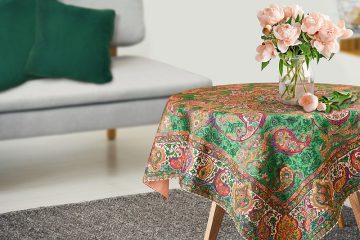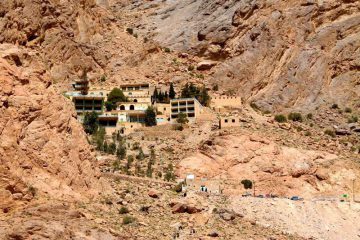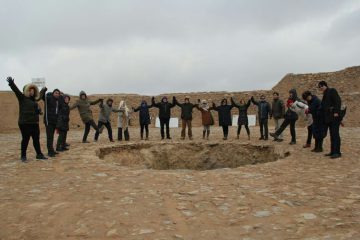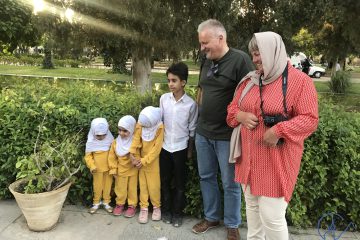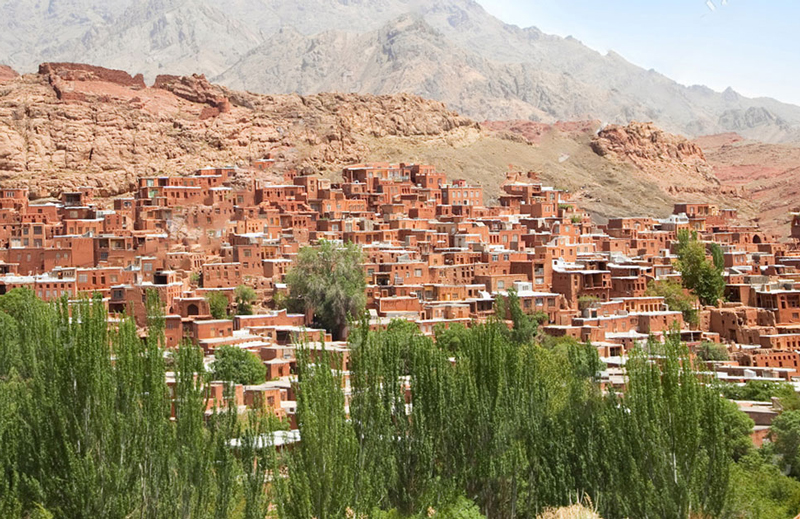
Abyaneh village : Open Air Anthropology Museum
A charming neighbor of Kashan, Abyaneh Village, boasts red-stone houses and earthen pathways nestled on the slopes of stunning mountains. A visit to Abyaneh is a source of pride for Iranians, who often capture its beauty in their memories. This village is a gem of Iran, a must-see destination that leaves a lasting impression on all who visit. About Abyaneh
Abyaneh, a historic Iranian town painted in shades of red, offers captivating visuals that delight the senses. It stands out as one of Iran’s most significant villages to explore. Wander through Abyaneh’s charming streets lined with ancient red clay homes, vibrant gardens, and the warm presence of its elderly residents. Here, time seems to stand still, preserving past traditions. A stroll through the village unveils its rich history, with temples, mosques, and a holy shrine adorned with turquoise-colored water. Begin your exploration at the Abyaneh Ethnology Museum, which showcases traditional artifacts and textiles, offering insight into the village’s heritage. As you wander, you’ll encounter picturesque sights, water cisterns, and friendly locals in traditional attire, eager to share their culture. Finally, reach the revered shrine, where a terrace overlooks distant mountain ranges and vast grasslands, providing a serene retreat amidst nature’s beauty.
Nestled on the northwest slopes of the Karkas Mountains, Abyaneh experiences delightful seasons throughout the year, from pleasant springs to snowy winters. The village is adorned with flourishing fruit trees, providing sustenance for its residents. Visitors can stroll through the village’s lanes, taking in the serene atmosphere beside the seasonal river. Abyaneh is an ideal destination for both full-day and half-day excursions, conveniently located along Iran’s traditional tourist route.
Architecture of Abyaneh

In the 1981 census, Abyaneh counted 500 housing units, all on the sloping foothills north of the Barzrud River. The village presents itself as multi-storied, with some areas boasting up to four levels. Characterized by sash-like wooden windows, many homes feature wooden patios and verandas overlooking the charming alleyways. The exterior of the houses is coated with red soil from a nearby mine, lending them a distinctive appearance.
Due to limited space on the hillsides, each family is required to construct storage warehouses resembling caves about one kilometer away from the village. These cavernous warehouses, carved into the hills’ core, serve as storage for winter supplies, surplus goods, and livestock. Small windows dot the walls, allowing light into the interior. The modest dimensions of the rooms, doorways, and windows reflect the simple lifestyle of this medieval village.
Culture and Lifestyle in Abyaneh

Agriculture, horticulture, and animal husbandry were the primary occupations in Abyaneh, conducted using traditional methods. Both men and women participated in the economy, working alongside each other. Seven aqueducts were used to irrigate the fields and gardens. The village produced a variety of crops including wheat, barley, potatoes, and a wide range of fruits such as apples, pears, almonds, apricots, plums, and walnuts. In recent years, the carpet weaving industry has seen significant growth, with over 30 carpet weaving workshops now operating in Abyaneh. While espadrille weaving was once a prThe Locals of Abyaneh Village
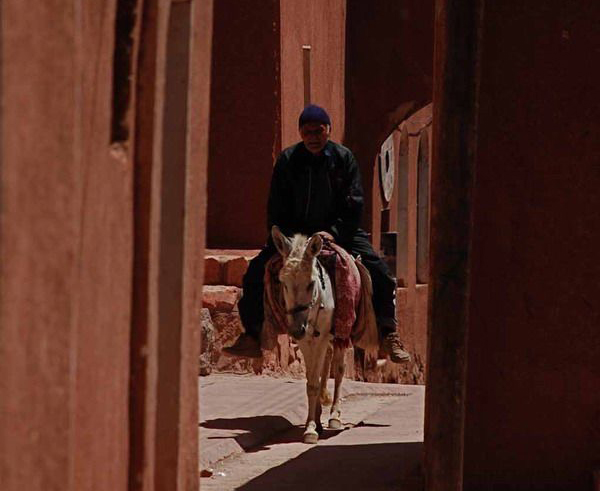
Visitors to Abyaneh Village are greeted by friendly locals, offering a glimpse into a bygone era. Perched on a hillside, Abyaneh exudes antiquity with its red mud houses, white arches, and charming wooden lattice windows. It’s a beloved destination for travelers worldwide. The villagers, predominantly elderly, cherish their ancient customs and language, which still retain traces of the Parthian era. They proudly maintain the traditional attire of their ancestors: women wear white scarves adorned with pink floral patterns, vests, and black skirts, while men don loose, baggy pants and coats.
The main livelihoods of the villagers include farming in their orchards, tending to livestock, and selling locally grown handicrafts and dried fruits in nearby shops. Though they enjoy interacting with tourists, it’s courteous to seek their permission before taking photographs.
eminent trade for Abyaneh women, it has since declined.
Zoroastrian Fire Temple in Yazd
Things to Do in Abyaneh Village
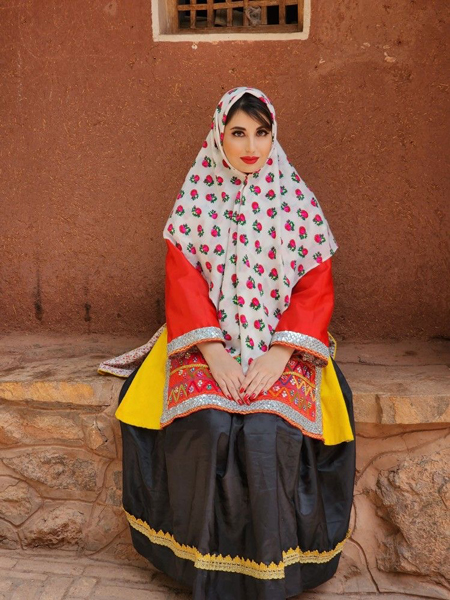
Aside from leisurely strolling through the charming alleys of Abyaneh village and enjoying the pleasant weather, there are other activities to explore. One notable attraction is the historic fire temple, Harpaak, renowned for its unique Chahartagh architecture, meaning “four arches.” Another must-visit site is the Jaame Mosque of Abyaneh, also known as Mian Deh, located in the village center. Built-in the eleventh century, this mosque features a famous Mihrab crafted from walnut wood, adorned with intricate floral patterns and calligraphy.
Additionally, you can wander to the opposite bank of the river flowing beneath the village to admire distant views of the homes.
Best Time to Visit Abyaneh
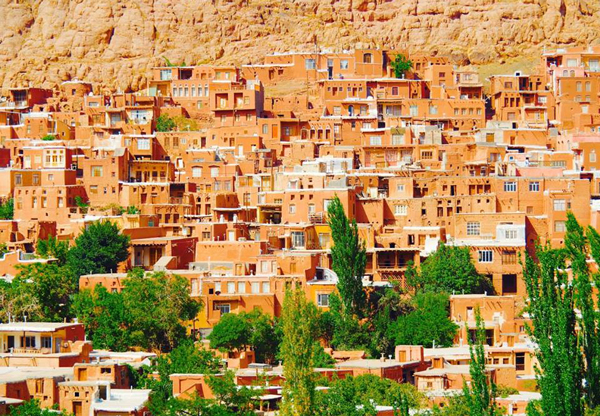
Abyaneh village welcomes visitors throughout the year due to its temperate climate. However, the spring season, particularly May, is considered the optimal time to visit. During this time, the landscape is stunning, and the village hosts the Golab Giri (rose water production) Festival. The air is refreshingly cool in spring, enhancing the overall experience.
Abyaneh’s Location
Abyaneh village and its residents are the main attractions for tourists. Walking through the village’s red clay homes and observing people of all ages navigating its alleys offers a unique experience. Additionally, visitors can explore other historical landmarks such as mosques, shrines, and a fire temple. A designated tourist route spans the entire village, ensuring visitors can explore all the charming aspects of this picturesque destination.
Getting to Abyaneh
Abyaneh is located approximately 80 kilometers southwest of Kashan. This well-known tourist spot can be reached via the Kashan-Natanz or Kashan-Isfahan freeways.
Where to Eat
While exploring Abyaneh, you can enjoy a delicious meal at Viunj Restaurant, Domiloon Watermill and Restaurant, or Viuna Hotel Restaurant. Be sure to sample the local trout and chelo fesenjun, a traditional dish of chicken cooked in a savory pomegranate and walnut sauce served with rice.
Where to Stay in Abyaneh
Abyaneh offers two 3-star hotels for accommodation: Viuna Hotel and Abyaneh Hotel. Enjoy a romantic night in this enchanting old village. These hotels serve delectable Indian and Persian cuisine, perfect for experiencing the local flavors.
Other attractions in Kashan
While we can’t detail all of Kashan’s tourist spots here, we’ll highlight a few of the most renowned ones for you: Kashan Bazaar, Agha Bozorg Mosque, Fin Garden, Sultan Amir Ahmad Bathhouse, Noushabad Underground City, Tappeh Sialk, and Niasar
Final Thoughts
Including a visit to Abyaneh Village in your Iran itinerary is highly recommended by travelers. Its serene ambiance, stunning historical architecture, and welcoming local community make it a must-see destination. What’s more, Abyaneh Village conveniently lies along the traditional tour route between Tehran and Isfahan, allowing travelers to seamlessly incorporate it into their travel plans without any detours.


